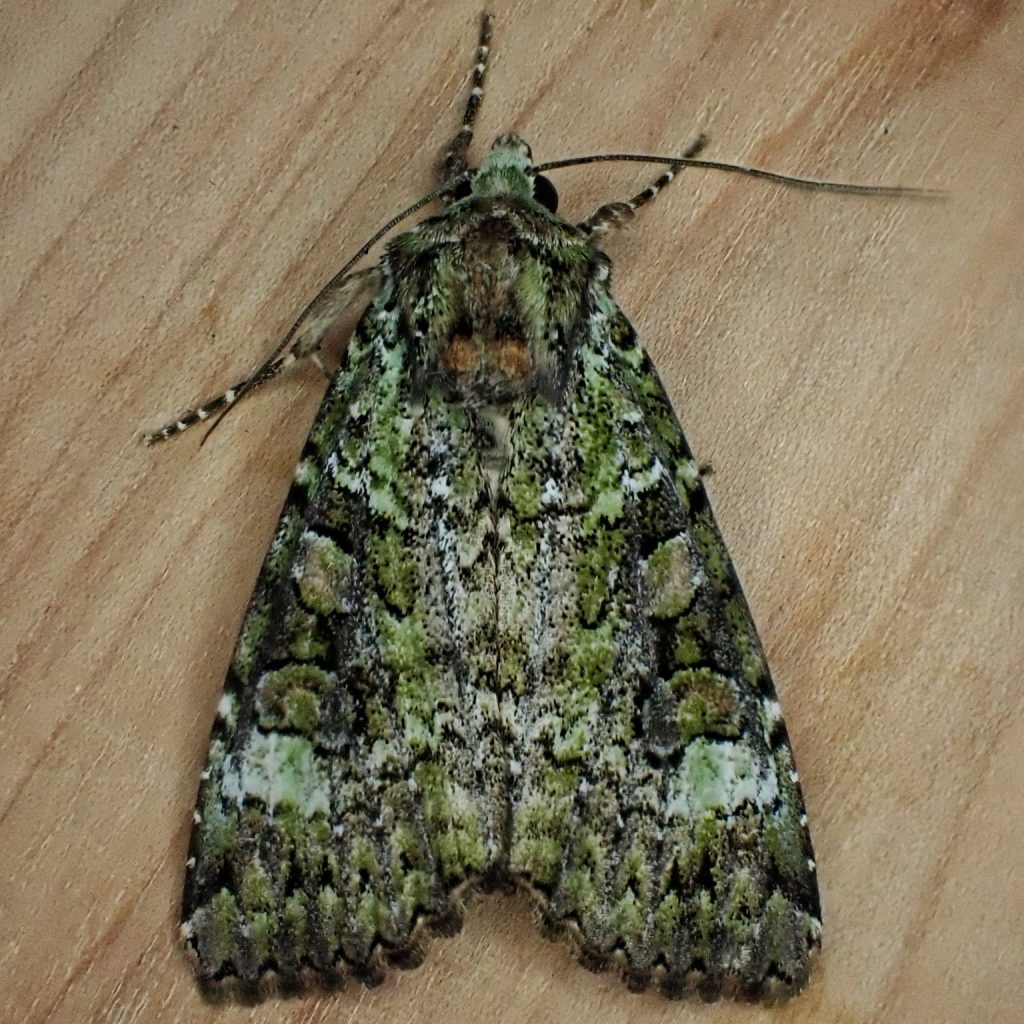
Today is the start of International Moth Week (July 22-30- Here is a link to events registered on the Moth Week site), a week so glorious, and a subject so vast and fascinating, that it takes nine days to encompass it! To celebrate this wonderful week I’ll be going mothing in a different location every night for the next nine days, my goal being to find at least 100 species of moths during that time. This is not really a large number, but I tried to do this a few years ago, when I was still working and thus somewhat constrained by early morning job obligations, and I only found 77 species, with 50 of those coming in just one night. These photos are just some of the moths I expect to find that I’ve already profiled.
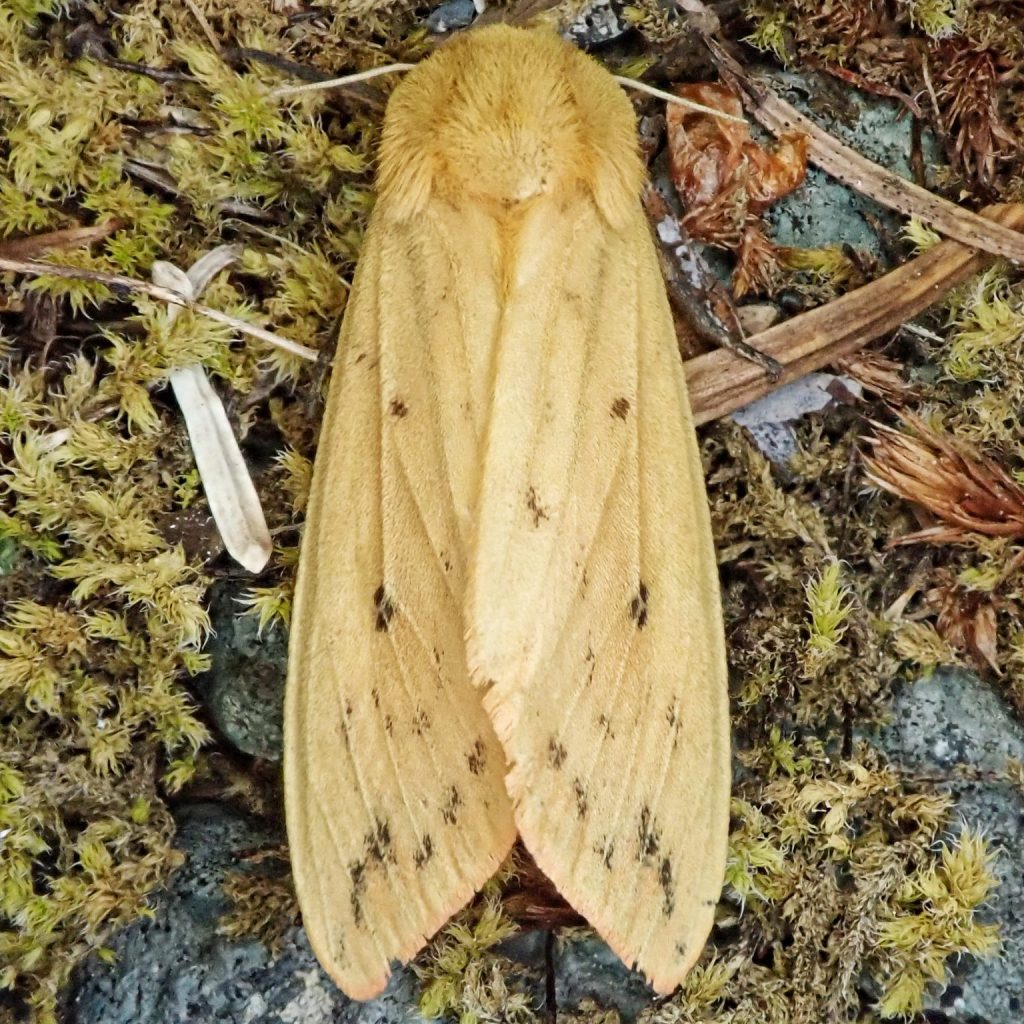
I will be confining these nights of mothing to areas within the borders of Clark County, Washington, because I’d like to demonstrate the diversity within a relatively small area (the county is 656 sq. miles). Geographically and ecologically these borders are not actually as arbitrary as they are for many counties, constituting the Columbia River on two sides, the main stem and North Fork of the Lewis River (not actually named for Merriwether Lewis as I long supposed, but instead for an early settler named A. Lee Lewis who homesteaded near its mouth) to the north, and the foothills of the Cascades to the east. My plan is to spend about half of those nights in fairly natural habitats, and the other half in the backyards of friends and family, in the artificial habitats of residential areas.
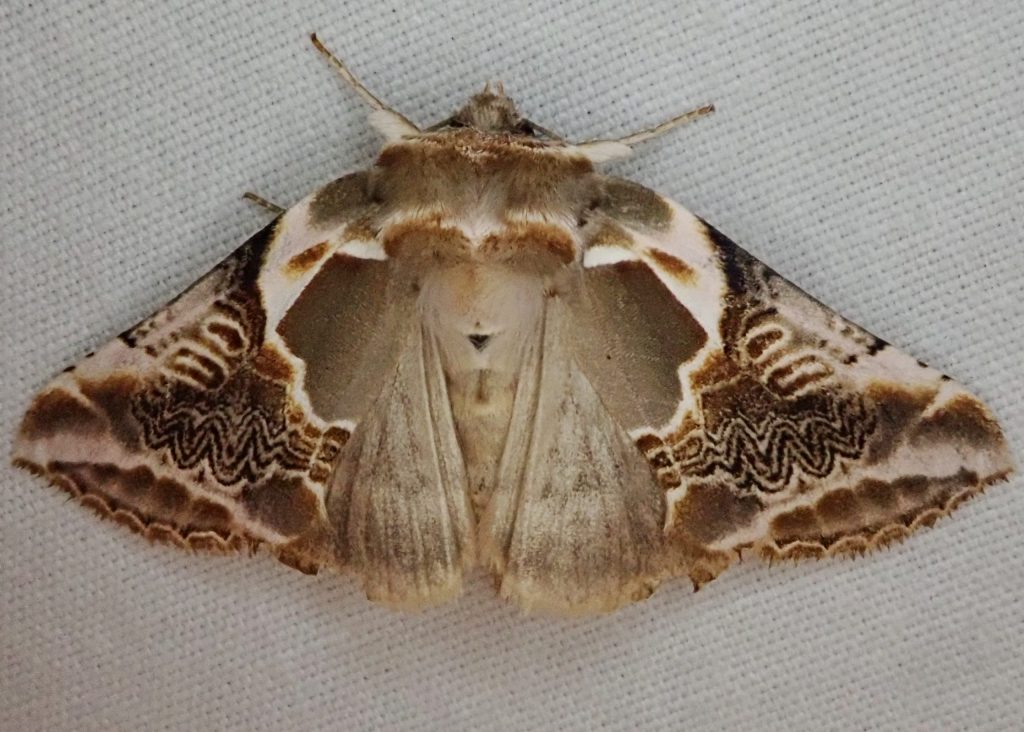
I am assuming that there will be a significant difference in both the numbers and diversity between the residential areas and the more natural ones (I have tried to run lights at our apartment building in urban Vancouver but have had very little success, though whether that is from competition with house and street lights, or an absence of moths, I cannot say) but I’m hopeful that there are still quite a few moths that are able to coexist with human habitation. But if residential mothing is as poor as it was in 2020, when I only found a total of 13 moths in Vancouver city limits, I may well add some time in the country because my purpose is to highlight what we do have, rather than mourn what we’ve lost.
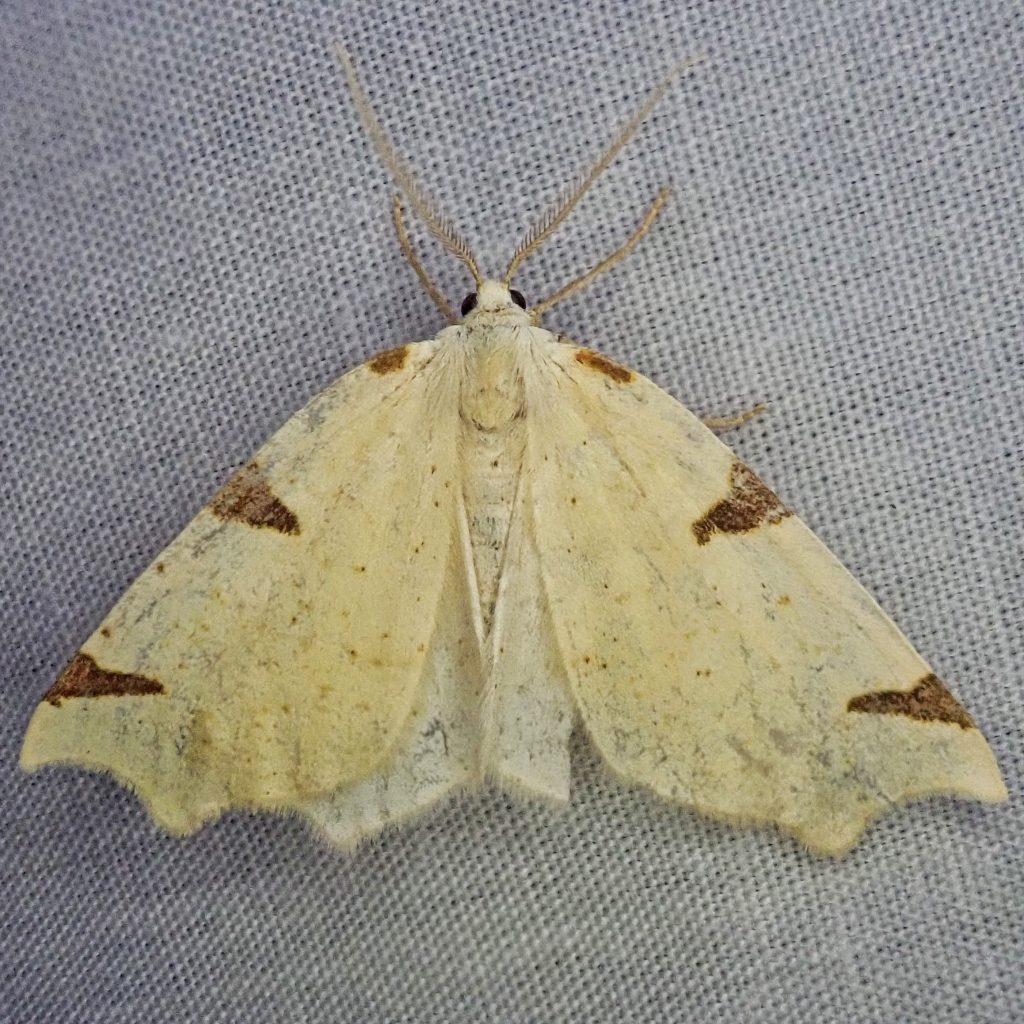
Some of you may wonder ‘Why should I care about moths?’ Just from an aesthetic viewpoint, many moths are quite beautiful, and though the majority of them are colored in earth tones, some are as brightly, even spectacularly colored as butterflies, and even the more drably hued ones usually have rather interesting patterns. But more importantly, moths are very important to the health and prosperity of our ecosystems. There is the obvious benefit that both caterpillars and adults provide huge protein resources for birds, small mammals, reptiles, amphibians, and other arthropods, as well as the larvae fertilizing their home area with their frass, and giving the fungi and other decomposers a starting place to begin breaking down the deciduous leaves they’ve been munching on.
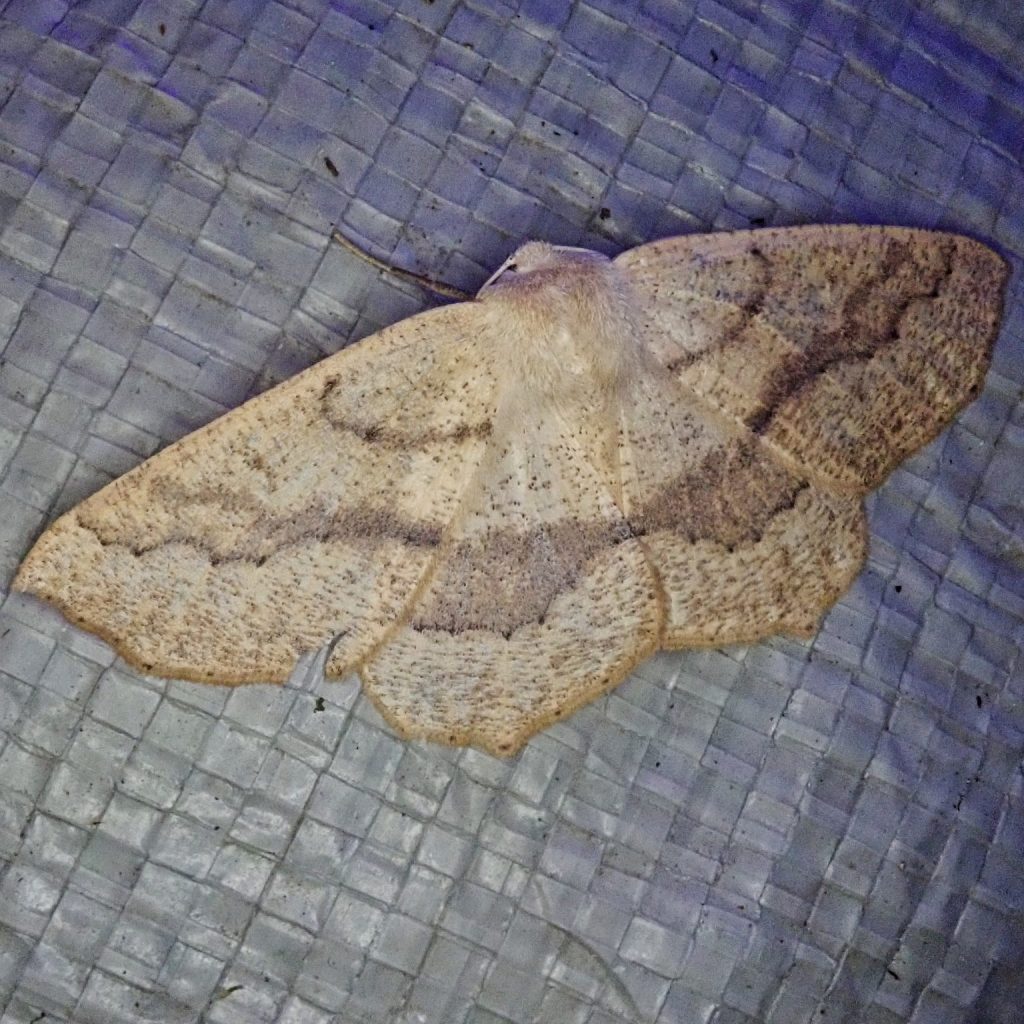
But their value goes even deeper than that, because it is becoming known that moths are absolutely vital pollinators, as this article by Richard E. Walton explains. “In fact, our new researchfound that moths visit a surprisingly diverse range of plants at night. The work these nocturnal pollinators do is bigger and more complex than many people realised, and because it happens under the cover of darkness, it’s often largely invisible to human eyes.” Moths do the pollinator night shift – and they work harder than daytime insects. And from the study Walton et al. conducted; “The nocturnal pollen transport network (figure 1a) contained 103 moth species, dominated by Noctuidae (owlet moths), Erebidae (underwing and tiger moths) and Geometridae (looper moths) (figure 2). Moths carried pollen from 47 insect-pollinated plant species on their bodies, with pollen from Rosaceae, Fabaceae, Apiaceae and Lamiaceae most commonly found. Transported pollen included seven plant species where no visitation from diurnal pollinators was observed (see electronic supplementary material, table S3) and 38 species also included in observed diurnal pollinator networks.” Nocturnal pollinators strongly contribute to pollen transport of wild flowers in an agricultural landscape | Biology Letters. And then this from the Butterfly Conservation Organization “As a result, the researchers concluded that moths are more efficient pollinators than day-flying insects such as bees, which are traditionally thought of as ‘hard-working’. While day-flying insects have more time available to transfer pollen, moths are making an important contribution during the short hours of darkness. Professor Fiona Mathews, Professor of Environmental Biology at the University of Sussex and co-author of this latest research (Marvellous moths! pollen deposition rate of bramble (Rubus futicosus L. agg.) is greater at night than day | PLOS ONE ) says: “Bees are undoubtedly important, but our work has shown that moths pollinate flowers at a faster rate than day-flying insects. Sadly, many moths are in serious decline in Britain, affecting not just pollination but also food supplies for many other species ranging from bats to birds….”” Moths are more efficient pollinators than bees, new research shows | Butterfly Conservation
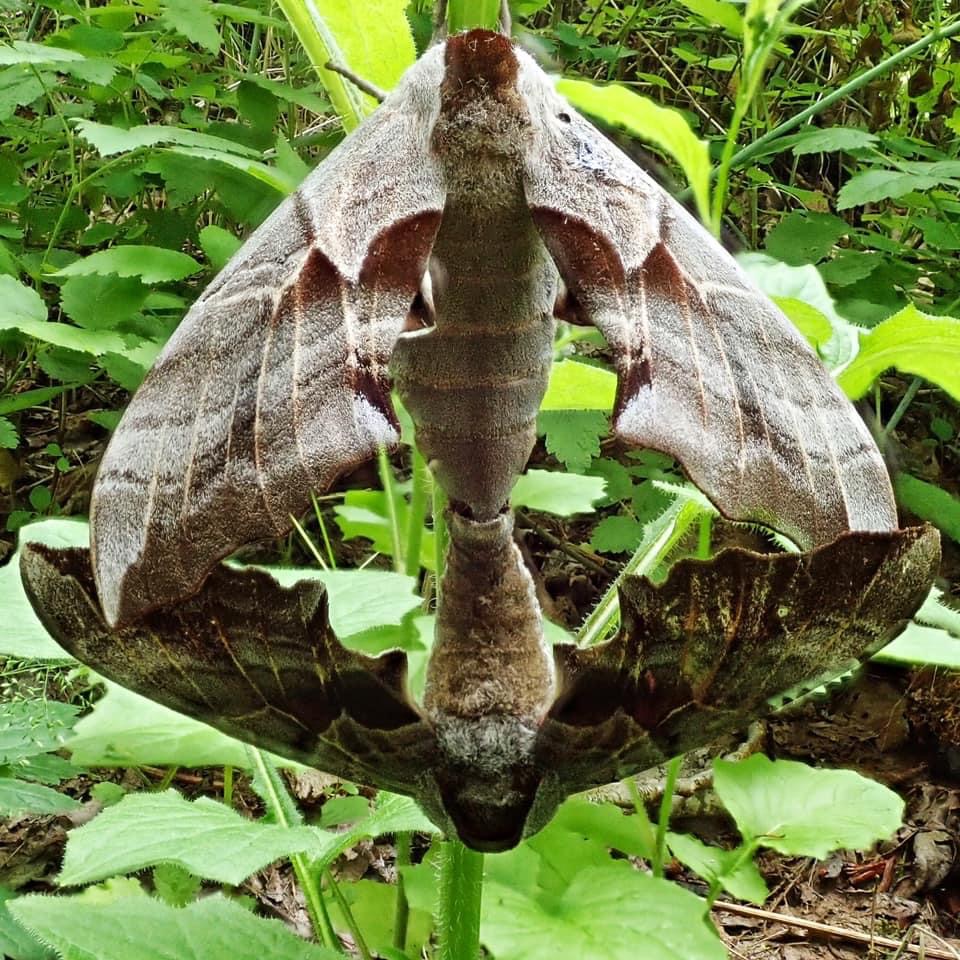
As anyone knows who’s read my blog Mothing , I already loved these bugs, but this information on their role as pollinators came as a surprise to me, and I’m disappointed in myself for not having considered this aspect of their lives. But it makes it all that much more important that I try to help people to appreciate these amazing creatures, so that they will care enough to help to preserve them. So, I’ve stocked up on instant iced tea and Mountain Dew to fuel this journey. I won’t probably get as much sleep as the Surgeon General would recommend, but it’s going to be very interesting, and a ton’o’fun. As Warren Zevon sang, ‘I’ll sleep when I’m dead’. And really, I can’t think of many things more rewarding to do with those hours of darkness than to prowl around finding vital living organisms whose lives are lived completely outside of the view of us diurnal humans.
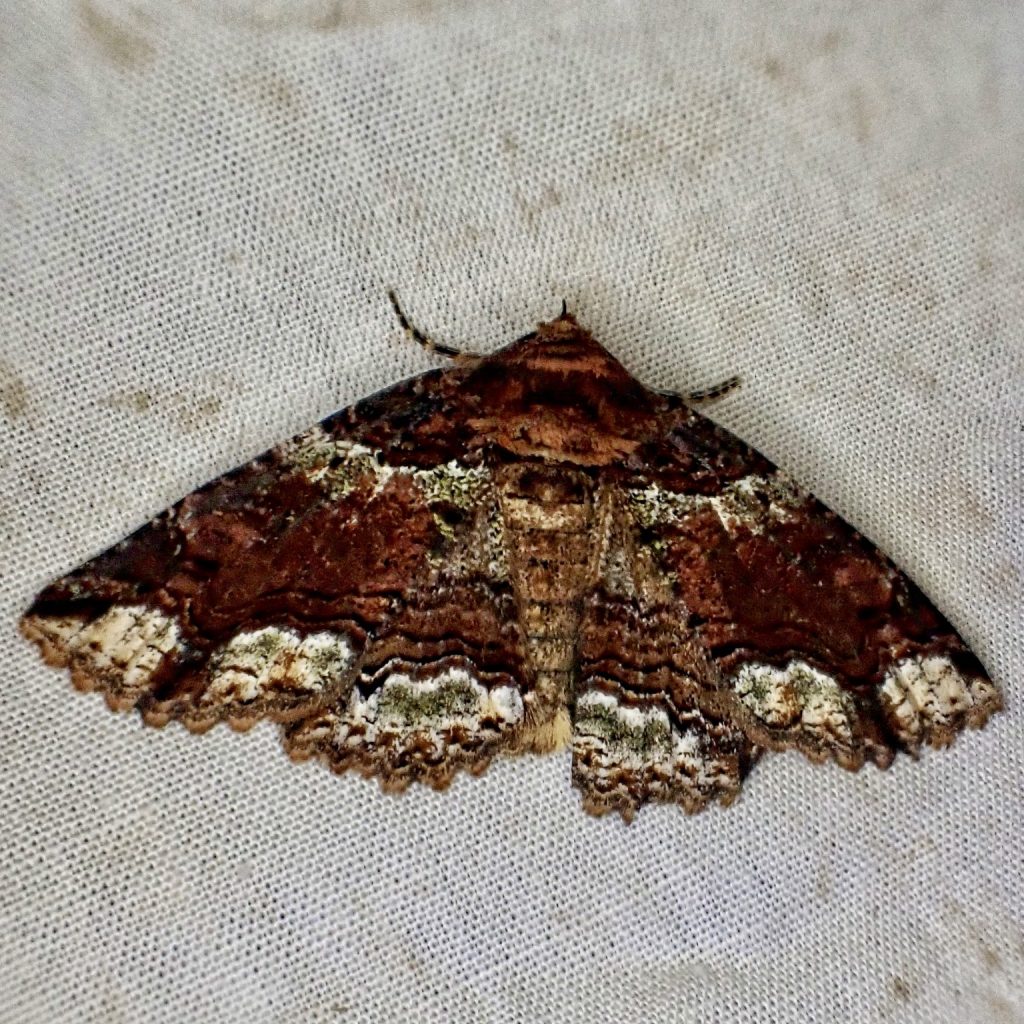
https://www.oneearth.org/how-moths-keep-our-world-blooming-pollinating-in-the-night/
The secret pollinators – facts about Moths that you may not know : Combe Grove, Bath
Moths are more efficient pollinators than bees, new research shows | Butterfly Conservation
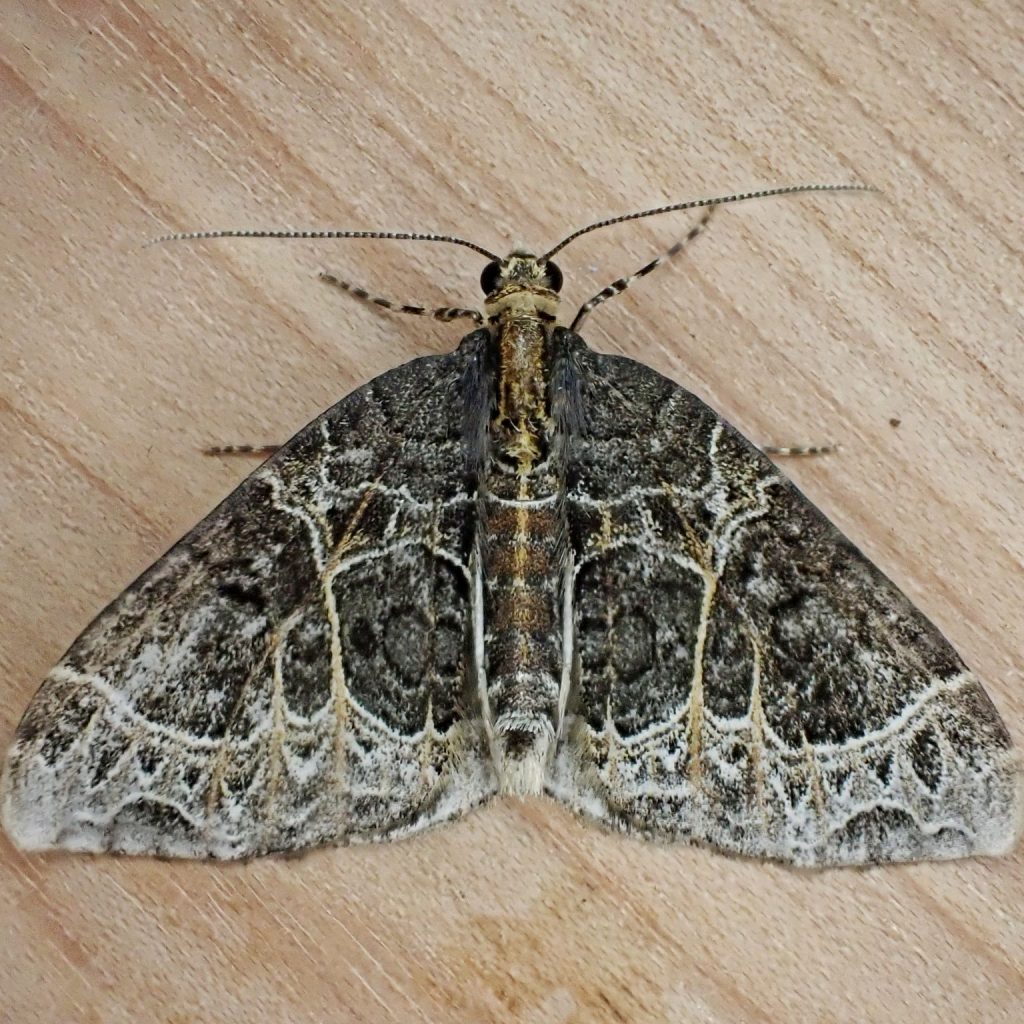
How exciting! Dan can you point us to a source that can tell us where there will be mothing that we can join to learn more?
Here is a link to registered events, Amanda- https://nationalmothweek.org/events-map-2-2/
I had no idea. Thanks for this and all the exploration you do! I love reading about your experiences and findings. You are a gifted writer.
If you ever want to come to the coast I am in Gearhart OR. My friends and I hike a lot and are interested in the natural world. We have room for you to stay also.
Thank you for your kind words and gracious invitation, Sharon! I’ll definitely keep that in mind!
I love this! I spent some time in Lac du Bois Grasslands near Kamloops yesterday and after reading this I am curious as to what moths could be found in sagebrush/grassland habitat with many small lakes. There were lots of pollinators at work during the day time. My family and I didn’t have time to properly investigate but I would love to go back and do that in the future.
It’s always interesting, James! Especially since the lights attract arthropod from a bunch of different orders. Thanks for your appreciation!